ATI's X8xx CrossFire Graphics Arrive
by Derek Wilson on September 26, 2005 1:00 PM EST- Posted in
- GPUs
Super AA and CrossFire
By rendering the same frame on both cards with different subpixel sample patterns, the images can be blended together to provide a smoother image at any given resolution than a single card is capable of rendering. At the same time, as resolution increases and pixel size decreases, antialiasing becomes less important. This is yet more support for believing that greater than 1600x1200 resolutions should be supported on a high end setup like this.For those who will be running CrossFire solutions at 1280x1024 or even 1600x1200, Super AA will be a welcome addition to image quality. ATI already leads the industry in AA quality because they use a programmable sample pattern when antialiasing a pixel while NVIDIA uses a fixed ordered grid approach. The difference really starts to add up when SLI AA and Super AA are compared.
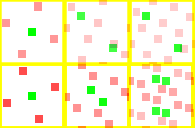
From left to right, 4xAA, 8xSLI AA/10xSuper AA, 16xSLI AA/14xSuperAA. ATI is the top row.
The more even spread that ATI is able to maintain over a single pixel gives the CrossFire solution a better result. Even though NVIDIA's 16x SLI AA has 16 geometry sample points and 4 texture sample points compared to ATI's 12 geometry points and 2 texture points, the distribution of ATI's sample points provide more efficient coverage. Incidentally, if ATI had named their modes like NVIDIA's AA modes, they would have said 20xAA rather than 16xAA.
NVIDIA's 4 texture sample points (essentially super-sampling/SSAA sample points) could provide better interior, texture, and transparent surface antialiasing. Unfortunately, their arrangement limits their usefulness in this regard. Thus we have to declare ATI the clear winner in the AA department. Of course, Super AA mode does take quite a performance hit as we will find out later. But take a look at what it can do to Half-Life 2 at 800x600 (no AA, 4xAA, 6xAA, 10xAA, 14xAA from top to bottom):
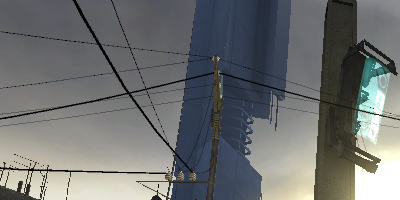
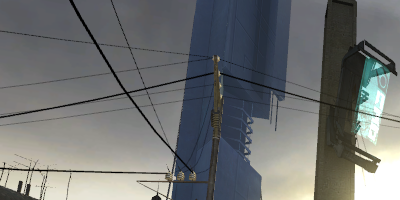
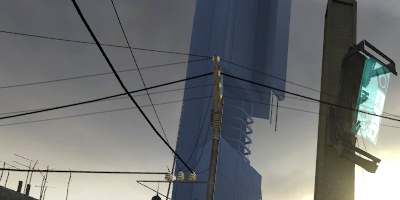
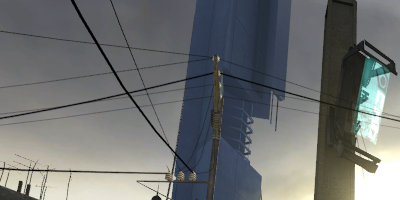
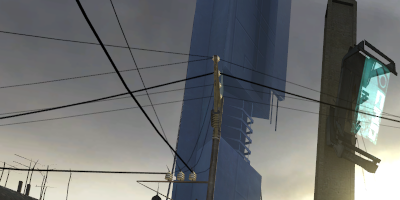
While differences beyond 4xAA are harder to spot, take a look at the antennae on the bottom-left of the images. You can see how the barely-visible parts are rendered better, particularly with the 10xAA and 14xAA modes. If you have the GPU performance to handle such features, they're a nice addition.
The down side of Super AA (aside from the performance hit) is that it will only run in full screen applications. Windowed applications are still stuck with 2x 4x 6x and no AA. Even if a Super AA mode is selected, only half the subpixel samples are used. We are not sure if this is a hardware or software limitation, but those of us who play MMORPGs in the background will need to be aware of this issue.










76 Comments
View All Comments
erinlegault - Tuesday, September 27, 2005 - link
Well because the 1600x1200@60Hz is only a limitation because of the existing x800 family of cards and not the x850 family and definately not Crossfire itself.
Pete - Wednesday, September 28, 2005 - link
It's a limitation of the X8xx esries, as they all feature single-link TDMS transmitters, and so the Master cards have single-link TDMS receivers. They should be good for more than 16x12@72Hz, per DVI spec; hopefully future drivers will up this a bit.Plus, didn't The Inq show a pic of 19x12@52Hz?
vijay333 - Monday, September 26, 2005 - link
Valid points, don't see why some people are ranking this post down.Pete - Monday, September 26, 2005 - link
I really like how concise and readable the first few pages are.I do agree that comparing XF directly to the "2nd gen" SLI of the 7800 is a little unfair, but it's still potentially useful to some people, and you obviously left in XF's direct competitors, 6800 SLI and a single 7800. This does take the article in the 'too much info' direction, as opposed to the first few pages' 'just enough' method.
I have a few suggestions and corrections, if you don't mind.
* Perhaps you could elaborate on how XF will remove the res/refresh limitation with the R520 line-ups dual-link TDMS transmitters? This is appropriate in terms of the 7800 SLI comparison, although who knows when X1800 XF will show up.
* On that note, I've read elsewhere that SuperAA is so unbelievably slow because XF is actually using PCIe (bandwidth- and latency-limited) lanes and then the "master" GPU (for inter-GPU communication and then to composite the image, respectively), and not the dongle and CE (as with "normal" XF operation). This will supposedly be corrected in a future driver, but (IMO) it's as big a shortcoming (however temporary) as the (permanent, hardware-imposed) resolution limit. And I'm quite skeptical about future driver fixes, though it seems essential that ATI solve this one.
* p.6, you write "pre" instead of "per."
* p.7, "worth" instead of "worthy."
Will you be examining these issues at Ibiza, or will you have time before packing your sunscreen? :D
(And no, I'm not ignoring you, I'm just an incredibly slow and unimaginative thinker at times.)
DerekWilson - Monday, September 26, 2005 - link
I did mention that ATI's next gen part should remove the limitations of the single-link TMDS somewhere in there ... I am unable to go into detail at this time.I'll have to follow up on the PCIe rather than TMDS angle. That would make some sense to me though. All the subsamples from a single pixel may need to be in the same framebuffer in order for ATI to perform proper AA on them. It may be that the gamma adjustment causes some problems with doing a straight blend between the two scenes. Of course, that's speculation about speculation, so I wouldn't put much stock in my musings :-) As I said though, I'll follow up on this.
I fixed my typos. Thanks.
Glad you liked the article. And where I'm going next sunscreen won't be of much use. :-(
Also, I didn't think you were ignoring me. I've actually been pretty busy myself lately, so I completely understand.
tfranzese - Monday, September 26, 2005 - link
I'd appreciate it if all graphs had units attached. Numbers are certainly not good if they don't have units attached.OvErHeAtInG - Monday, September 26, 2005 - link
Is it the mode scaling you're worried about?From p 6: "Our graphs show frames per second on the y-axis and AA mode across the x-axis."
The rest of the sideways-historam-thingies show fps. That is pretty standard.
OvErHeAtInG - Monday, September 26, 2005 - link
I meant histogram, not historam. D'oh! And yes, I realize it's not really a histogram. Bar chart ? Ah! Who cares.OvErHeAtInG - Monday, September 26, 2005 - link
Or watts for the wattage graphs. :)Stefan - Monday, September 26, 2005 - link
Shouldn't we be comparing the Crossfire to the 6800 Ultra SLI and not the 7800 GTX SLI?I thought ATi's new X1800 Crossfire was going to be the 7800's counter. Or am I mistaken?